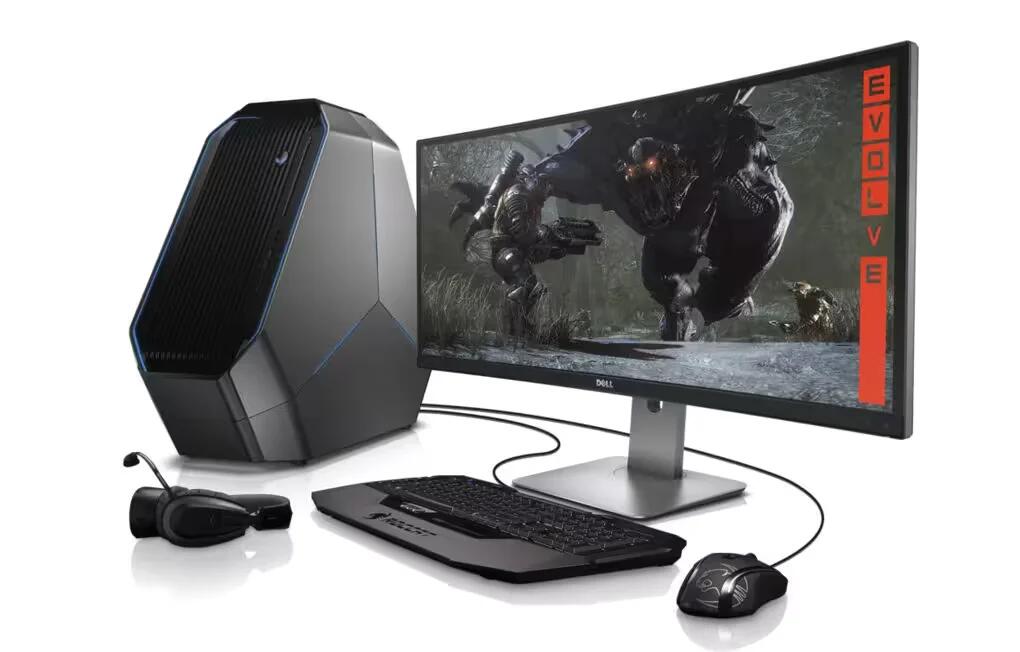Alienware’s new gaming desktop PC has arrived and named as Area 51; behemoth hexagonal tower made to better serve gamers looking for great performance.
It features Intel Haswell-E 6 and 8 core processors, the Area 51 is equipped to allow all sort of customizations, the ability of fit five hard drives (SSD or HDD) and three double wide 300W graphics cards, or program nine different lighting zones on the outside.
The design was stunning; its supposed to make it easier to get around the tower to make those changes. Each of the three shorter sides has a handle that makes gripping and flipping the tower on end simpler, and the longer, angled sides serve a purpose as well.
The Alienware Area 51 priced at $1699 and available from today.
Specs
It comes with a six-core Intel Core i7-5820K processor, a 2GB AMD RadeonTM R9 270 GPU, 8GB of RAM, a 2TB 7,200RPM hard drive and a slot-loading DVD burner. From there, you’ve got lots of upgrade options — way more than on the Alienware 13 laptop. On the CPU side, there’s a slightly faster six-core Intel Core i7-5930K processor (clocked at 3.5GHz instead of 3.3GHz), as well as an eight-core Intel Core i7-5960X chip. In total, there are four memory slots; Dell will ship the machine with eight, 16 or 32GB. When it comes to storage, you can step up to a 128GB SSD plus a 2TB 7,200RPM drive; a 256GB SSD with a 4TB HDD; or a 512GB solid-state drive, also with a 4TB disk.
The Area-51 is available in single-, double- and triple-GPU configs. If all you can afford is one graphics card, your upgrade options include a 2GB NVIDIA GTX 770, a 3GB GTX 780, a 4GB GTX 980 or the GTX Titan Z with 12GB of GDDR5 VRAM. Ready to hear the dual-card options? You can get the GTX 770 with 4GB (2 x 2GB), the GTX 780 with 6GB (2 x 3GB), the GTX 980 with 8GB (2 x 4GB) or the Titan Z with 24GB (2 x 12GB). Across the board, NVIDIA’s SLI technology is enabled. Finally, the three-GPU options include a mix of both NVIDIA and AMD cards (but mostly NVIDIA). There’s the GTX 770 with 6GB (3 x 2GB), the GTX 780 with 9GB (3 x 3GB) and the GTX 980 with 12GB (3 x 4GB). If you’re an AMD fan, meanwhile, you can score the Radeon R9 290X with 12 gigs (again, 3 x 4GB). Depending on which brand of graphics card you choose, you’ll get either NVIDIA’s SLI technology or AMD Crossfire. Lastly, there’s a Blu-ray drive option, in case you haven’t quite ditched physical media.
